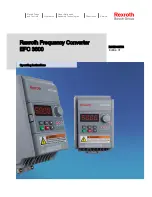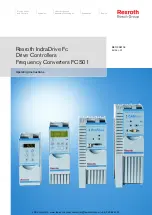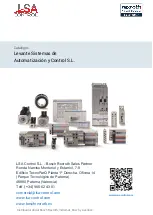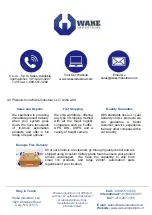
Normally, the CD-ROM drive is assigned to the next available drive letter after the devices such as diskette
drives and hard disk drives. Therefore, you use this option only if you wish to assign a drive letter beyond the
last letter previously allocated by DOS.
/K instructs MSCDEX.EXE to use Kanji (Japanese) file structures, if present, rather than the default
alphanumeric file structures.
/S instructs MSCDEX.EXE to allow sharing of CD-ROM drives on networked computers.
Conserving DOS Conventional Memory:
If the CD-ROM support software is loaded in DOS conventional memory (below 640 KB RAM), there might be
insufficient memory to run some DOS applications. The CDSETUP program attempts to load the IDE CD-
ROM device driver and MSCDEX into upper memory, when possible, to avoid this problem.
See the following topics in your DOS User's Guide for more information on techniques to conserve
conventional memory:
DOS=UMB, DOS=HIGH,UMB (CONFIG.SYS entry.) This loads DOS high and enables the use of upper
memory. This
is essential to effectively load MSCDEX and the IDE CD-ROM device driver in upper memory.
HIMEM.SYS (CONFIG.SYS entry.) This is a device driver that manages extended memory (RAM memory
above 1 MB). Windows automatically loads this device driver.
EMM386.EXE (CONFIG.SYS entry.) This is a device driver that allows the extended memory made available
by HIMEM.SYS to be used as expanded memory. The MSCDEX /E parameter might be used in conjunction
with this device driver to move the cache allocated by MSCDEX into this memory, thus freeing some
conventional memory.
MEM /C /P (use from DOS prompt.) This is a useful DOS utility that will display the current memory
allocation in your computer to help you understand where device drivers and programs are located. To
display the MEM parameters available, at the DOS prompt type mem/?
Enhancing Performance:
Following are two ways to enhance CD-ROM performance on your computer:
1. Allocate more MSCDEX cache (see /M parameter for MSCDEX).
2. Allow SMARTDRV to cache CD-ROM accesses.
The CDSETUP utility disables the cache CD-ROM data function. Multi-session CDs are not compatible with
the SMARTDRV
caching method. If you do not plan to use PhotoCD or multiple-session CDs, you might re-enable caching by
removing
the /U parameter from the SMARTDRV line in your AUTOEXEC.BAT or CONFIG.SYS file. This might
improve the performance of some CD-ROM applications. You must have SMARTDRV 5.0 or higher to cache
CD-ROM data.
Networking:
If you are using the IDE CD-ROM drive in a DOS Network server you must make the following changes:
1. Add the /S parameter to the MSCDEX line in the AUTOEXEC.BAT file.
2. Check that the MSCDEX line is located after the line that loads the network services (NET START for IBM
PC LAN program).















































